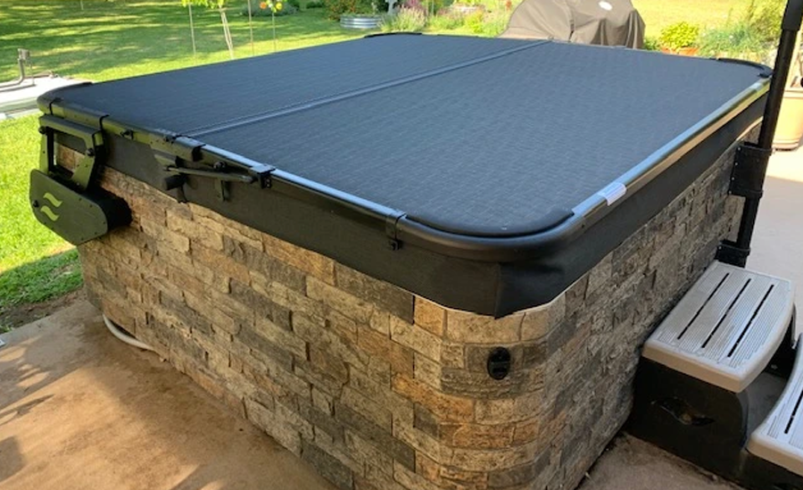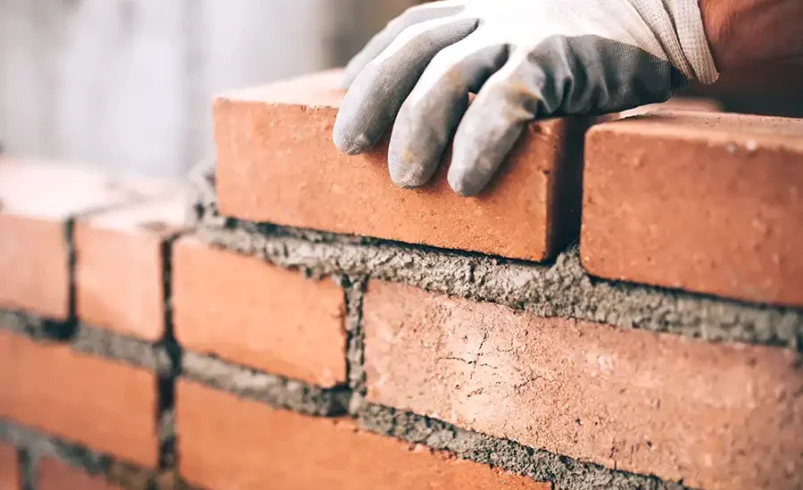Hot Tub Cover Maintenance: Extending the Life of Your Cover

A hot tub cover is essential for maintaining water temperature, keeping debris out, and reducing overall energy costs. However, without proper care, covers can deteriorate quickly due to exposure to moisture, UV rays, and general wear and tear. By following key maintenance practices, hot tub owners can prevent common issues such as mold, cracking, and sagging. For those in need of professional assistance, hot tub Phoenix services from Spa Kings 4 AZ offer expert guidance and solutions to keep covers in top condition.
Cleaning and Conditioning Your Cover: Preventing Mold and Cracking
- Use a Gentle Cleaner: Harsh chemicals can damage the vinyl exterior of a hot tub cover, causing it to dry out and crack. Instead, use a mild soap and water solution or a specialized hot tub cover cleaner. Spray the cleaner on the surface, wipe with a soft cloth, and rinse with clean water to remove dirt and debris.
- Apply a UV Protectant: UV exposure can cause the vinyl to become brittle and fade over time. Applying a UV protectant specifically designed for vinyl surfaces helps prevent sun damage. Regular application, especially in sunny climates, keeps the cover flexible and resistant to cracking.
- Check for Mold and Mildew: Moisture accumulation can lead to mold and mildew, which degrade the cover and cause unpleasant odors. Regularly inspect the underside of the cover for any signs of mold. If detected, use a mixture of water and white vinegar to clean the affected area and prevent future growth.
- Wipe Off Excess Water: Standing water on the surface of the cover can seep into cracks and seams, leading to deterioration. After rain or heavy use, wipe the cover dry with a soft towel to prevent excess moisture from causing long-term damage.
Preventing Water Absorption: Keeping the Foam Core Dry
- Inspect the Vapor Barrier: The foam core is protected by a vapor barrier, which prevents water from seeping in. Over time, this barrier can develop small tears or punctures. Regularly inspecting the vapor barrier and repairing minor damages with waterproof tape helps extend the cover’s life.
- Use a Cover Lifter: A cover lifter prevents the cover from being dragged on the ground, reducing the risk of damage to the vapor barrier. By keeping the cover elevated when removing or replacing it, owners can minimize the chances of water seeping into the foam core.
- Keep the Cover Secure: Strong winds or improper placement can cause the cover to shift, allowing water to get into weak spots. Using straps or cover locks ensures the cover stays in place and prevents unnecessary exposure to moisture.
- Replace the Vapor Barrier When Necessary: If the vapor barrier is extensively damaged, replacing it can restore the cover’s effectiveness. Sealing or replacing the barrier before significant water absorption occurs prevents the foam core from becoming permanently waterlogged.
Proper Cover Storage: Avoiding Damage When Not in Use
- Keep It in a Dry, Shaded Area: Exposure to direct sunlight and extreme temperatures can cause the vinyl to crack and degrade. When storing the cover, place it in a shaded, dry area to prevent UV damage and excessive moisture buildup.
- Store It Flat: Folding or placing heavy objects on top of the cover can cause permanent creases or damage to the foam core. Storing it flat on a clean, dry surface prevents warping and maintains its structural integrity.
- Avoid Placing Items on Top: Heavy objects, such as patio furniture or equipment, can compress the foam core and cause sagging. Keep the storage area clear to avoid unnecessary weight on the cover.
- Use a Protective Cover Bag: A breathable storage bag helps keep dust, dirt, and pests away from the cover while allowing airflow to prevent moisture buildup. Investing in a protective bag prolongs the life of the cover during periods of non-use.
How to Repair a Damaged Cover: Fixing Rips and Sagging
- Patch Small Tears in the Vinyl: Small rips in the vinyl can be sealed using a vinyl repair kit or waterproof adhesive. Cleaning the area thoroughly before applying the patch ensures a strong bond and prevents further tearing.
- Reinforce Weak Seams: If seams begin to split, reinforcing them with heavy-duty vinyl tape or sealant can prolong the cover’s lifespan. Applying the tape along the edges prevents minor separation from becoming a larger issue.
- Fix Sagging Foam Inserts: A sagging cover indicates that the foam core is compromised. Removing the foam inserts and flipping them can help redistribute weight and restore the cover’s shape. If sagging persists, replacing the foam core may be necessary.
- Prevent Future Damage: Regularly inspecting the cover and making minor repairs as soon as issues arise can prevent major deterioration. Small fixes can significantly extend the life of a hot tub cover, delaying the need for a full replacement.
Conclusion
A well-maintained hot tub cover protects the water, retains heat, and reduces maintenance efforts. By following proper cleaning routines, preventing water absorption, and repairing the cover correctly, hot tub owners can extend their lifespan and avoid costly replacements. Addressing minor damages early can prevent more extensive wear and keep the cover in top condition. However, when signs of deterioration become severe, investing in a new cover ensures continued efficiency and protection. For professional assistance with cover care and other hot tub needs, hot tub maintenance Mesa services offered by Spa Kings 4 AZ provide expert solutions to keep hot tubs in peak condition.



